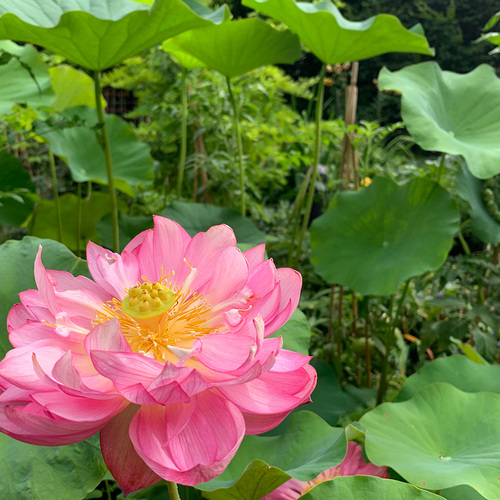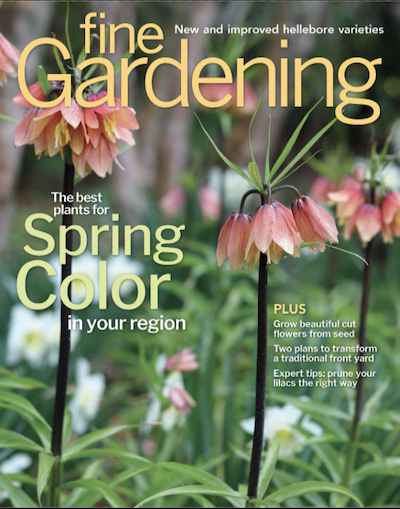Matt Mattus
-
Northeast Regional Reports
Growing Fall Brassicas in the Northeast
While many of us never really think or care about which species of brassicas we grow, there are some benefits, if not surprises, to knowing which is which, especially when…
-
Northeast Regional Reports
Dahlia Care for the Northeast
Gardeners in the Northeast look forward to dahlia season (Dahlia spp. and cvs., Zones 8–11) as one of the garden's last hurrahs. Enjoying the cooler fall weather, dahlias not only…
-
Northeast Regional Reports
Pest Control for the Northeast: Jumping Snake Worms
As if gardeners don’t have enough to contend with, an invasive worm is surprising many of us by moving into our Northeast gardens. "Worms?” you might ask. “I thought worms…
-
Northeast Regional Reports
Summer Succession Planting of Veggies
Many home gardeners find themselves planting their entire vegetable garden at one time, usually in late May or early June. But unless your family wants truckloads of zucchini and tons…
-
Northeast Regional Reports
Moving Houseplants Outdoors for the Summer in the Northeast
Nothing will do most houseplants better than spending a summer vacation outdoors. Many of us assume that the word “house” in houseplants means that these are plants that prefer to…
-
Northeast Regional Reports
Demystifying Lupines in the Northeast
Lupines (Lupinus spp. and cvs., Zones 3–9) are beloved, old-fashioned garden plants that are on the wish list for many gardeners. The truth is that while lupines are very desirable…
-
Northeast Regional Reports
Success with Peonies in the Northeast
Adding peonies (Paeonia spp. and cvs., Zones 3-8) to a garden brings enormous value. They are very long-lived and often are passed down from generation to generation. Once established, a…
-
Northeast Regional Reports
How to Grow Lotus in Containers
Growing aquatic plants in containers may seem like something too challenging to attempt, but it is far easier than you may think. Lotus (Nelumbo nucifera, Zones 4–10), a type of…
-
Northeast Regional Reports
Butterburs for Tropical Flair and Midwinter Flowers in the Northeast
I'm a sucker for anything that looks tropical in the garden. The large leaves and bold foliage of bananas (Musa spp. and cvs., Zones 5–11), alocasias (Alocasia spp. and cvs.,…
-
Northeast Regional Reports
Unique Plants for Early Spring Containers in the Northeast
After a long, snowy winter, one of the first signs of spring for gardeners in the Northeast is early spring seasonal containers. Since spring containers are typically only displayed for…
















